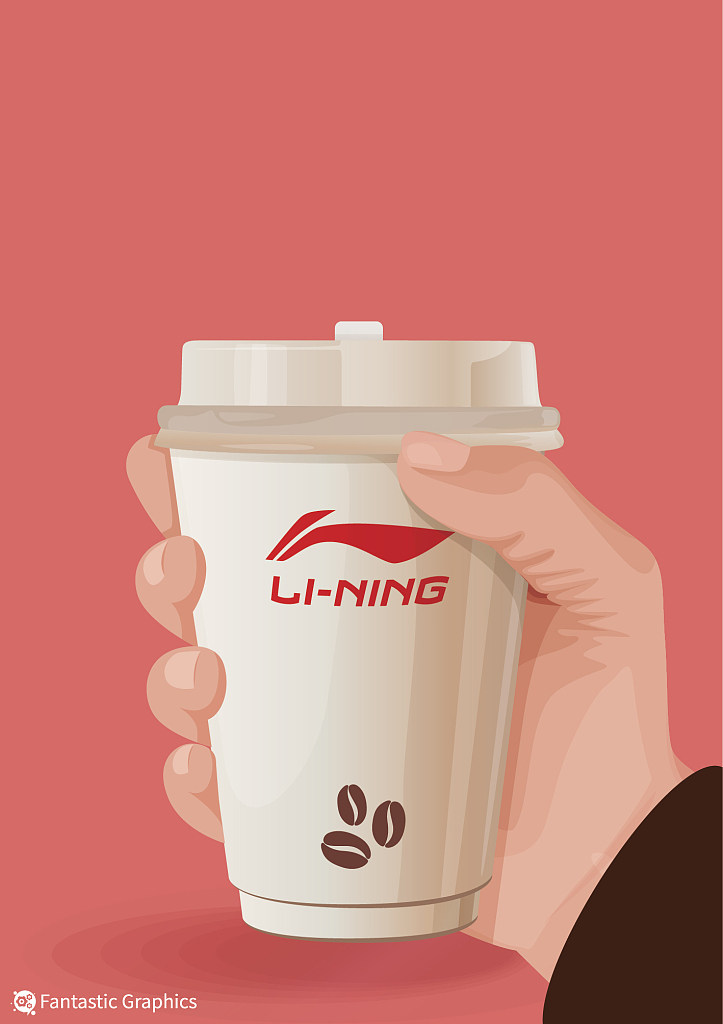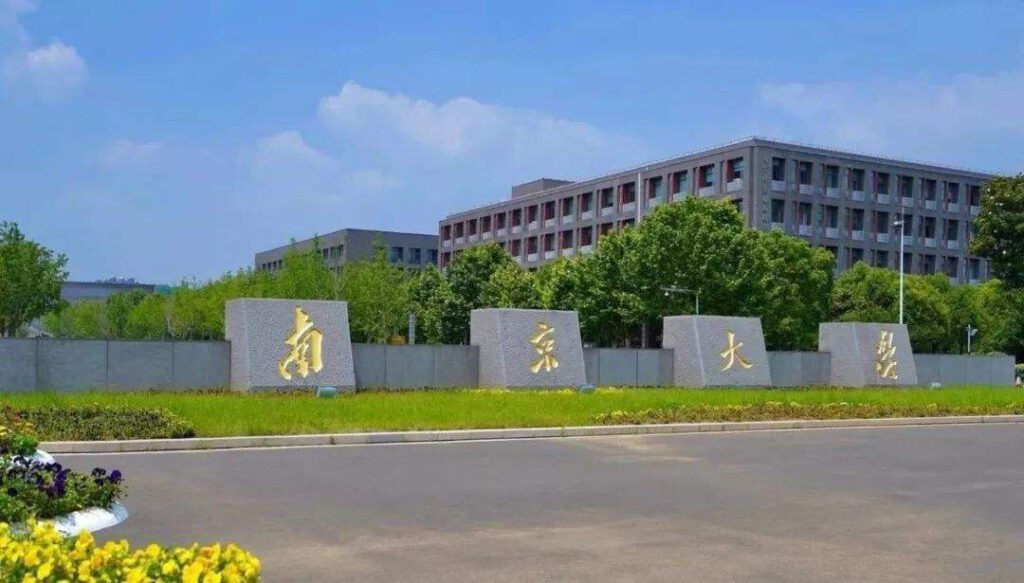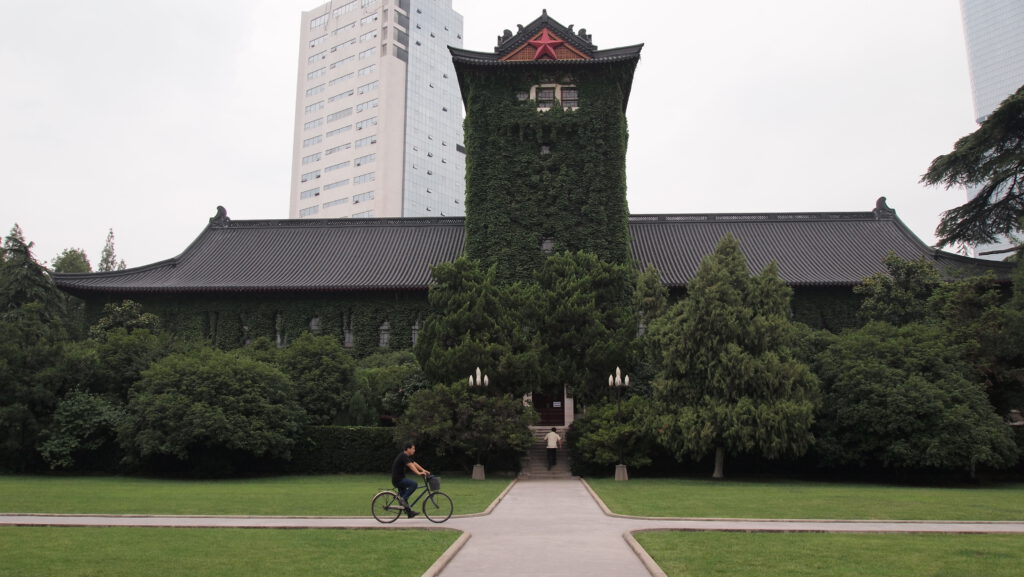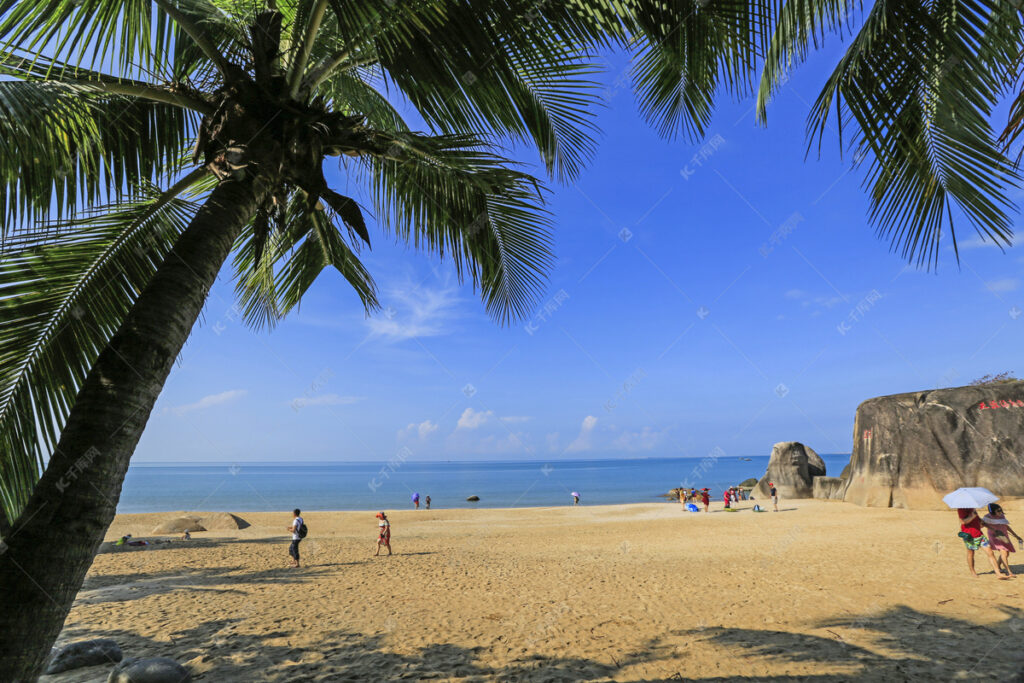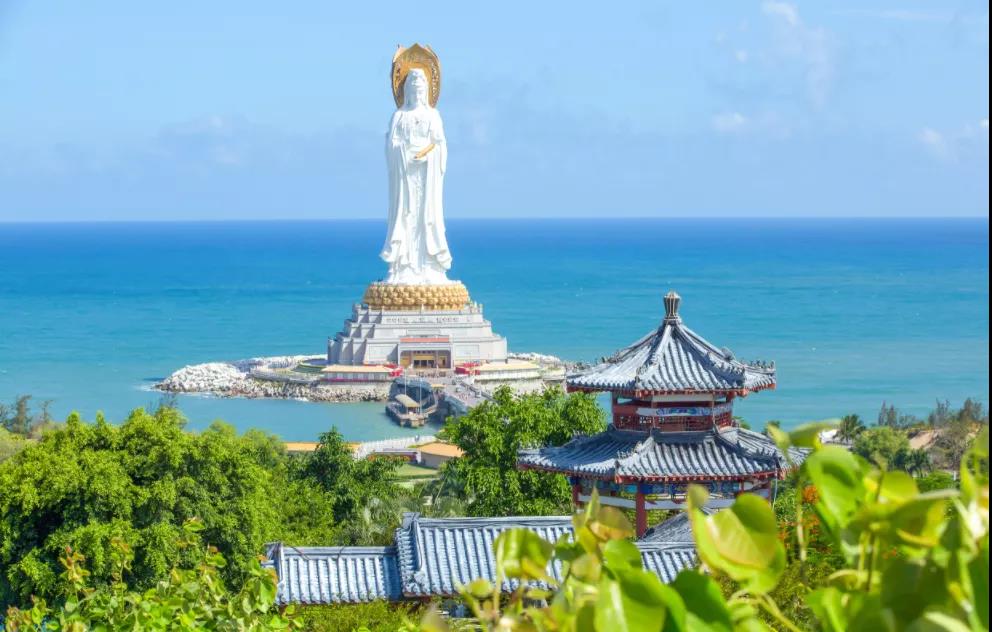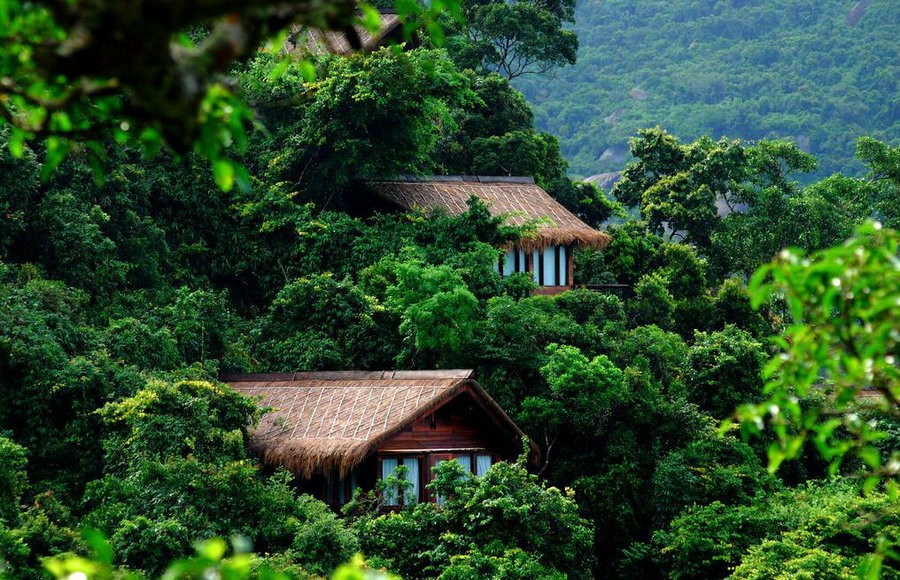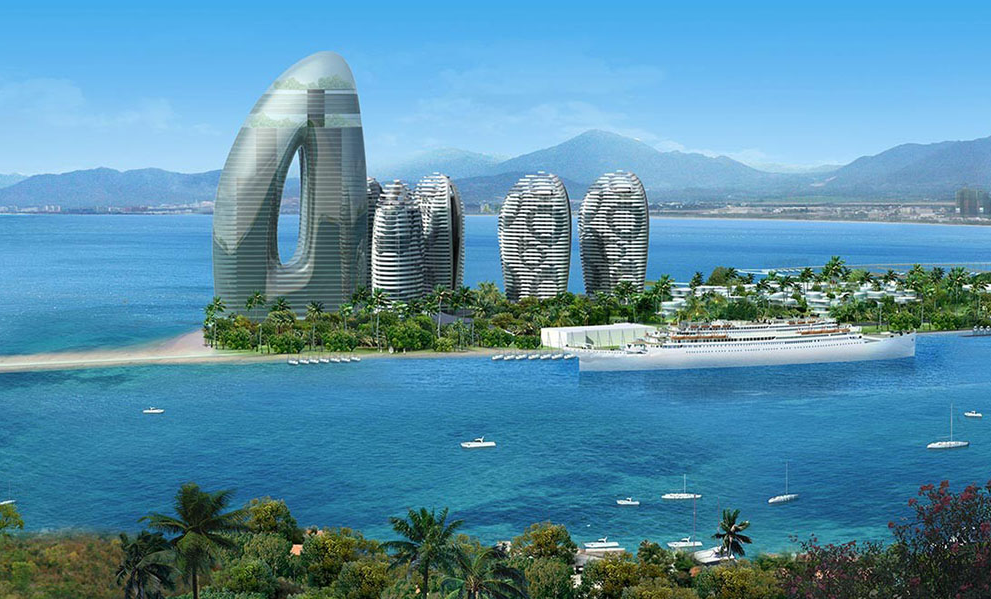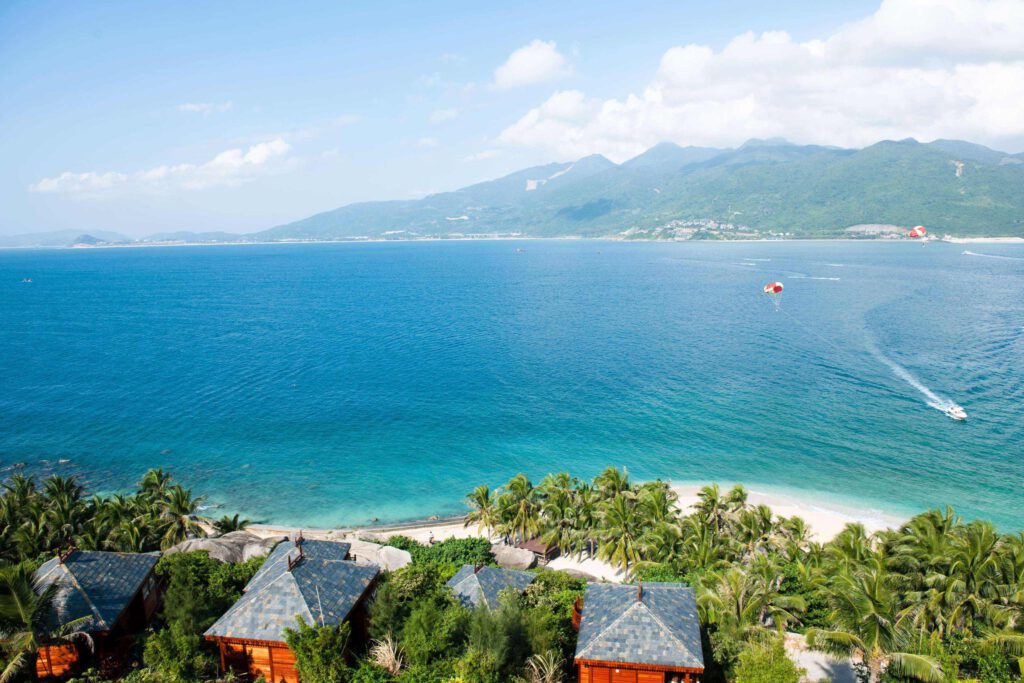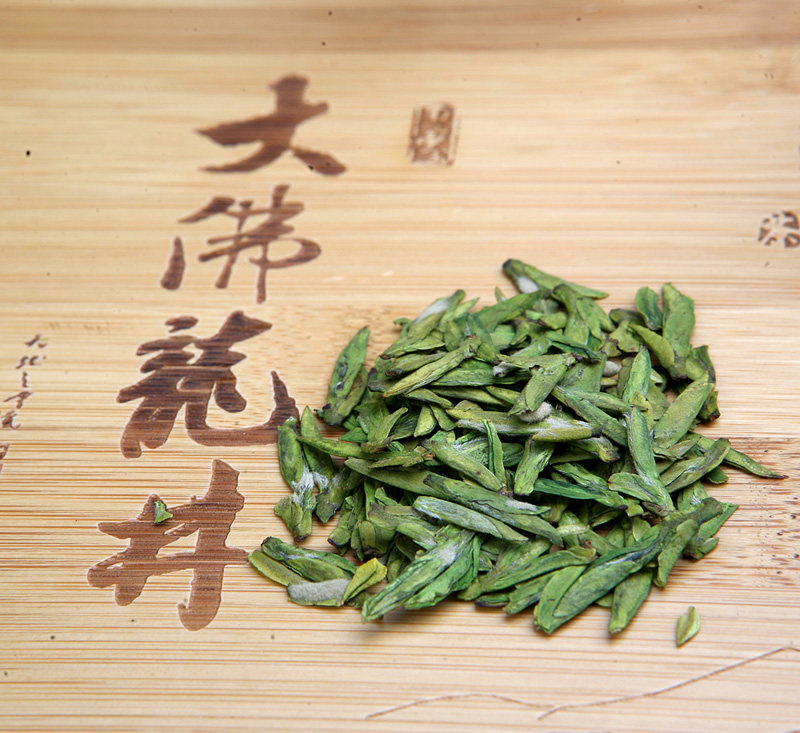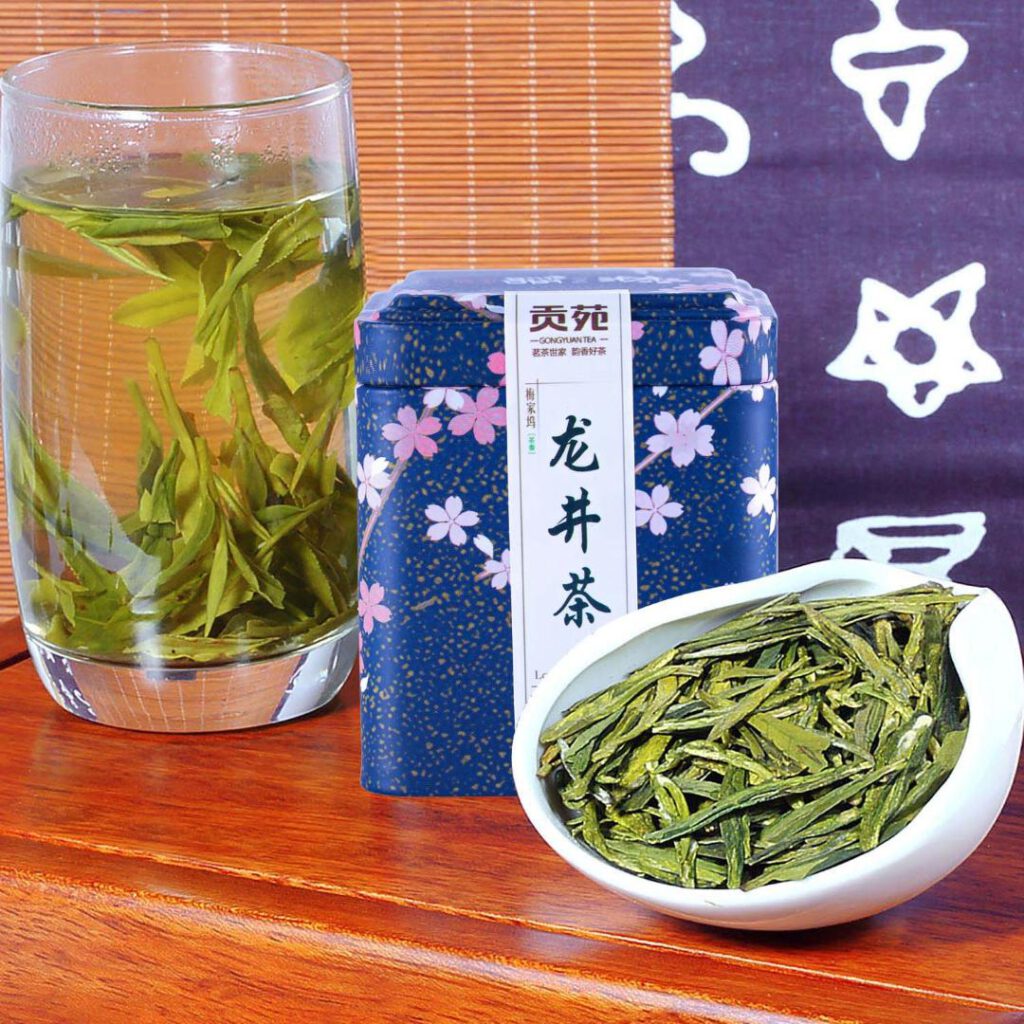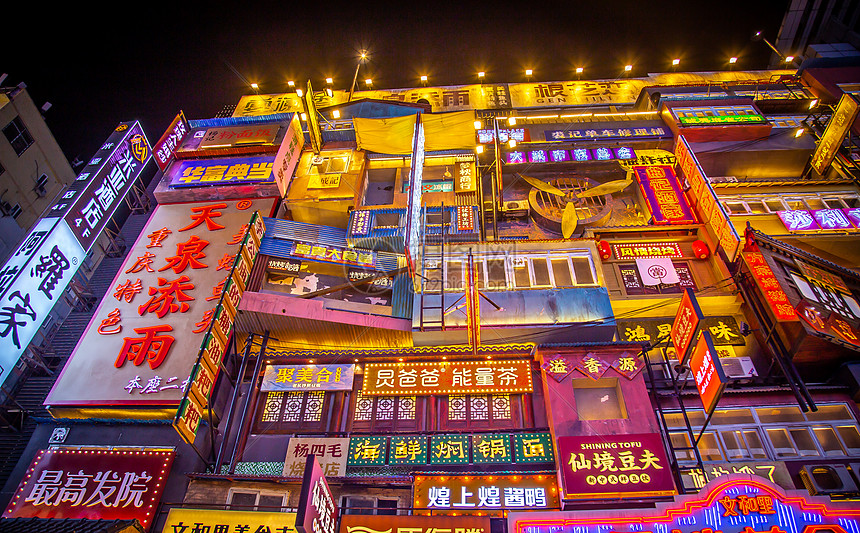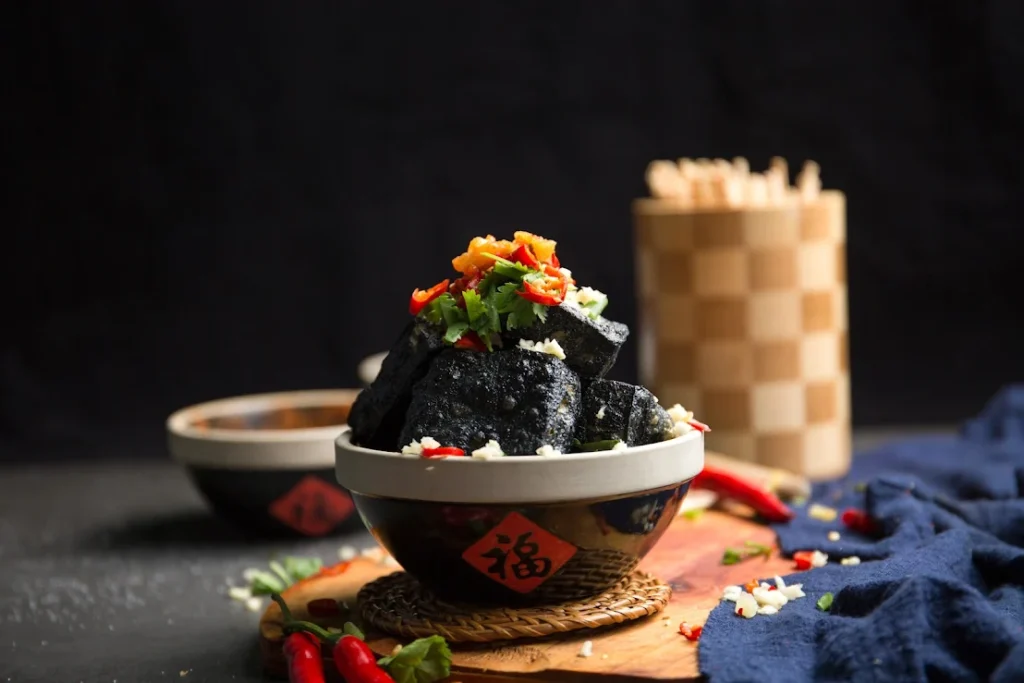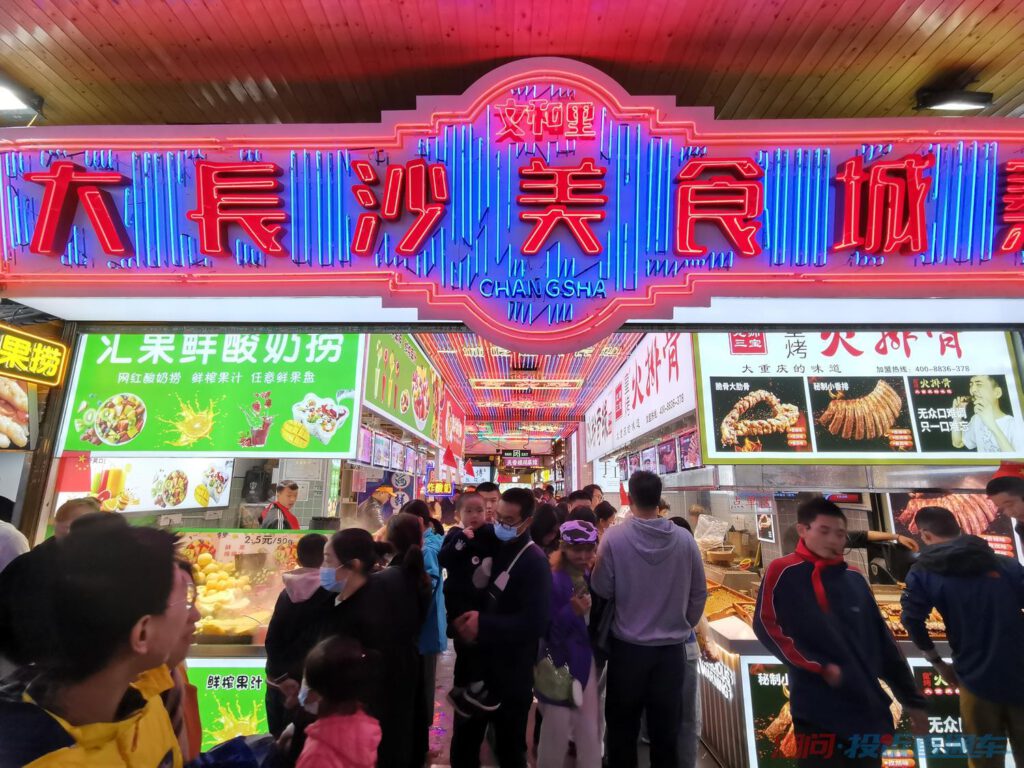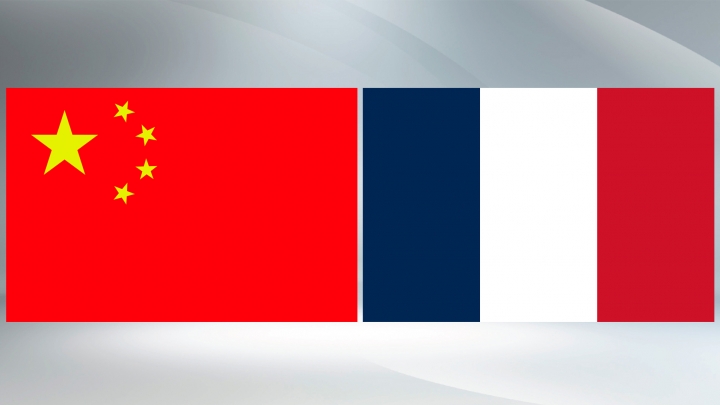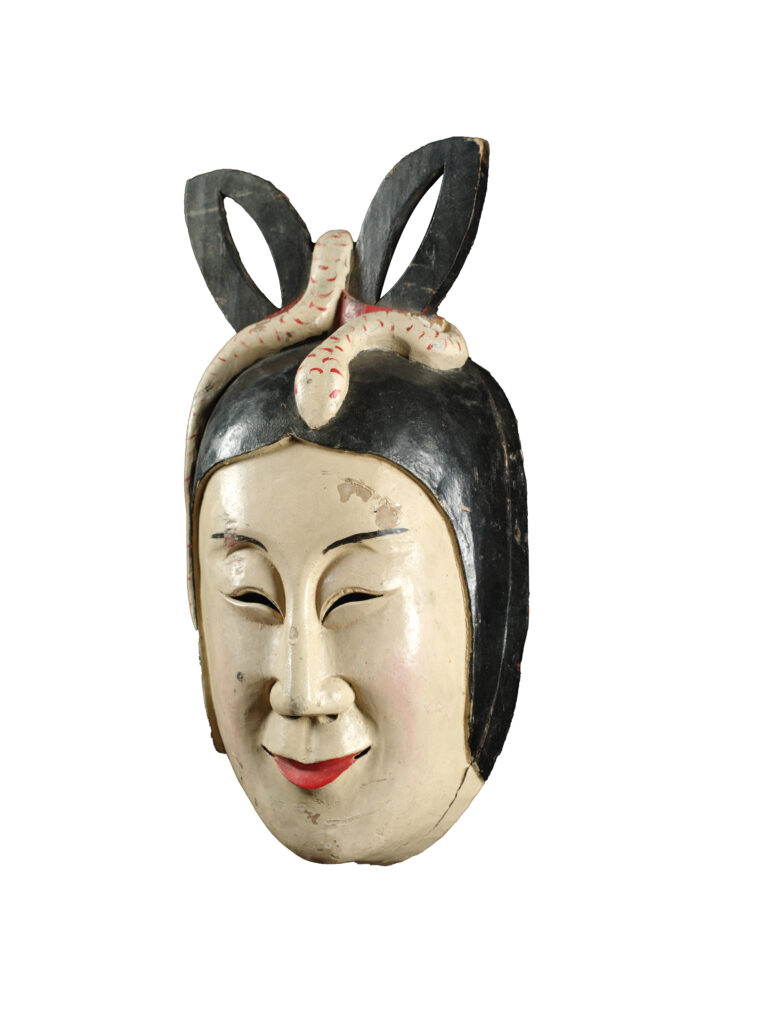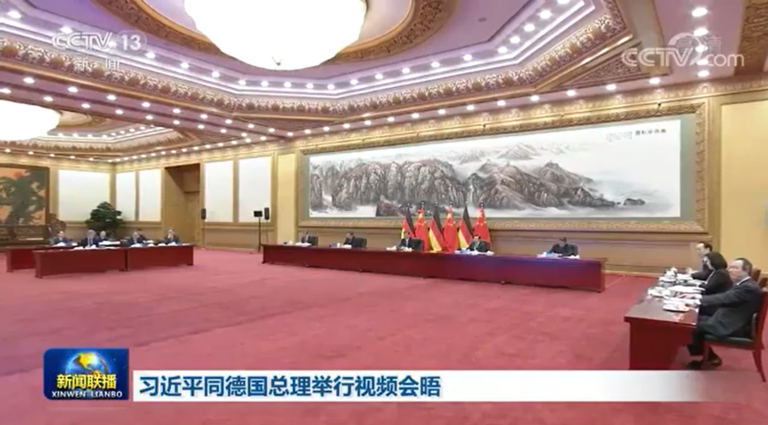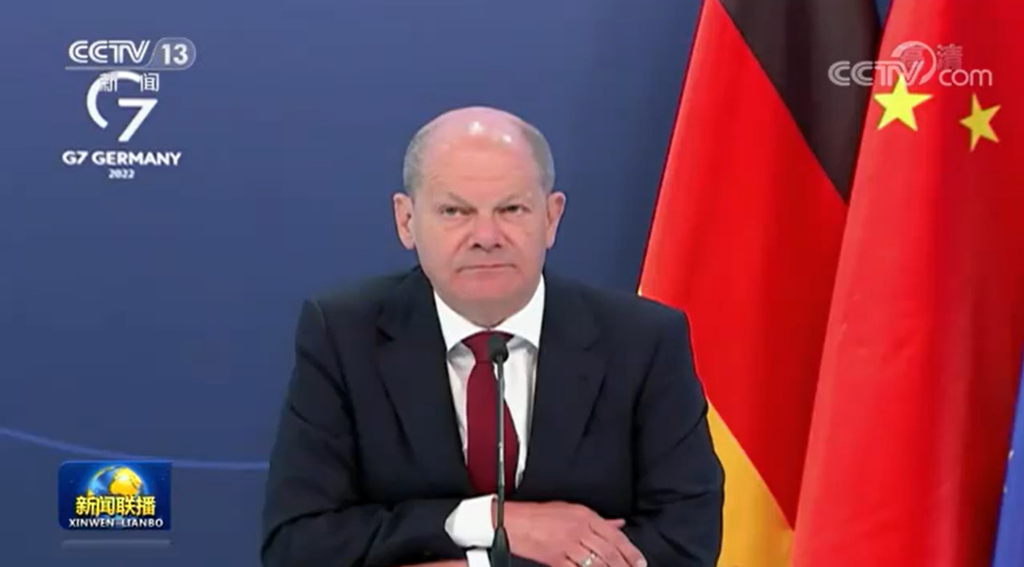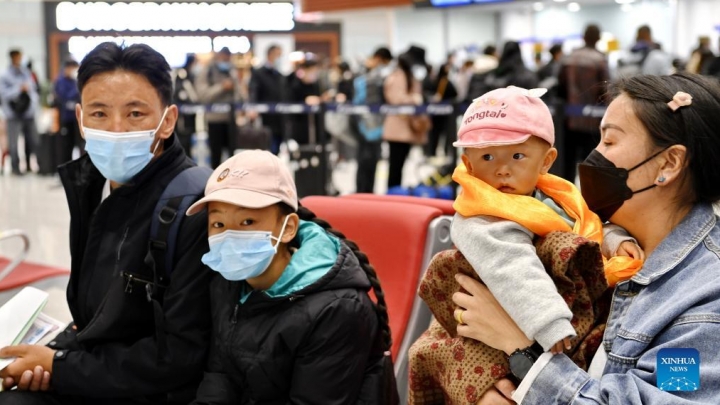So wird die kleinste Provinz der Volksrepublik China im Allgemeinen definiert. Hainan ist außerdem die größte Insel der gleichnamigen Provinz (33.210 Km2). Wie ein Tropfen, der dem Ende des Kontinents entkommen ist, stürzt sie sich südwestlich von Hongkong, vor der Küste Vietnams, ins Südchinesische Meer. Die Hauptstadt Haikou, eine moderne Großstadt, befindet sich im Norden der Insel.
Strände und Abenteuerland
Das Luxusresort Sanya hat sich im Süden entwickelt. Weißer Sand, Kokospalmen, kristallklares Meer… das ist die Kulisse für jeden der Strände, die die Küste säumen. Die Geschäfte für Sportausrüstung und die eifrigen Lehrer bieten die besten Sportarten im oder auf dem Wasser an. Anderswo ist alles grün: Wir sind erstaunt. Das feucht-tropische Klima sorgt dafür, dass die Vegetation fast das ganze Jahr über üppig gedeiht, eine wahre Freude!
Hainan ist in seinem Zentrum gebirgig, frei von der Wut seiner inzwischen erloschenen Vulkane. Die Insel hat sich dem Dschungel und seiner außergewöhnlich reichen Fauna und Flora überlassen.
In den feuchten Urwäldern, in denen die Zeit stehen geblieben ist, hat sich nichts verändert, und der Nebelparder versteckt sich immer noch dort. Es gibt keinen Zugang zu diesen geschützten Gebieten oder zu bestimmten Naturschutzgebieten, aber überall sonst laden Wege abseits der ausgetretenen Pfade zum Entdecken ein.
Wenn man sich nur eine Woche Urlaub gönnt – und das ist bei den Chinesen, vor allem hier, der Fall – zieht man natürlich Flipflops den Wanderschuhen vor. Und wir fahren nach Sanya.
180Km bebaute Küstenlinie
Die Stadt am Meer verfügt über einen internationalen Flughafen (4,5 Millionen Besucher pro Woche im vergangenen Februar), 5 Terminals für Kreuzfahrtschiffe auf der künstlichen Insel Phoenix (mit ihren 5 Türmen im Stil von Dubai!), 5 offene Häfen und 8 Wasserstraßen… und über zahlreiche Straßen und sogar einen Schnellzug. Die Infrastruktur ist gut in Schuss. Alle großen Hotelketten sind sowohl in der Stadt selbst als auch an der Küste vertreten. Bauunternehmer hatten einen Heidenspaß, als die Insel für die Erschließung geöffnet wurde. Nach Angaben der Organisation Greenpeace wurde innerhalb von zehn Jahren ein Viertel der Waldfläche zugunsten der Entstehung eines Touristenparadieses geopfert. Und ein Paradies ist es tatsächlich.
Die Göttin Guan-yin
Es ist die höchste Statue der Welt. Sie ragt 108 m über dem Meer empor und zeigt ihre drei Gesichter: Frieden, Weisheit und Mitgefühl. Um dorthin zu gelangen, muss man den breiten Pier nehmen, der vom kulturellen Touristengebiet Nanshan ausgeht. Ein Raum, den es unbedingt zu entdecken gilt. Die Stadt liegt 40 km von Sanya entfernt und verfügt über drei Themenparks, von denen einer dem buddhistischen Tempel gewidmet ist. Sie ist seit der Gründung der Republik in Betrieb und ein beliebter Wallfahrtsort.
Was das Wunder der Wunder angeht, so können wir es hier bewundern. Es ist immer noch die Göttin Guan-yin, diesmal 3,80 m hoch: Sie ist aus Jade geschnitzt, mit 100 kg Gold überzogen und mit 120 Karat Diamanten und wunderbaren Edelsteinen besetzt. Sie bewahrt zwei heilige Reliquien Buddhas auf und ist Teil des chinesischen Nationalschatzes.
Grüner Tourismus und Ökotourismus
Es handelt sich um ein Konzept, das hier bereits gut etabliert ist und in der Yalong-Bucht eine sehr überzeugende Anwendung findet. Es handelt sich um einen Komplex mit mehreren Lodges im Tropical Paradise Forest Park. Perfekt in die Umgebung integriert, nutzt es auch effiziente Maßnahmen: Wärmepumpen zur Luftaufbereitung und Warmwasserbereitung, Sonnenkollektoren, Regenwasser- und Abwassersammelsystem usw. Und die Urlauber werden dringend gebeten, nur biologisch abbaubare Materialien zu verwenden!
Die Stadt Sanya nimmt natürlich an der nationalen Pilotkampagne „Null Abfall“ teil und fördert das Recycling. Die Strände werden regelmäßig von Freiwilligen durchkämmt, um sie von Plastik zu befreien, und auch in den Schulen wird das Thema Ökologie nicht ausgespart. Andererseits setzt die Stadt ihr Programm zur Bepflanzung der Mangroven fort, und der Nationalpark für Feuchtgebiete (lokale Flora und Fauna) ist Gegenstand wichtiger Schutzmaßnahmen.
Thermalbäder in tropischen Wäldern
Heiße Quellen gibt es in Hainan in Hülle und Fülle, und die beste Art, sie zu genießen, ist ein Aufenthalt dort, wo sie aus den Tiefen des Landes aufsteigen. Wir tauchen in sie ein oder/und wir trinken ihr Wasser und es fühlt sich gut an. In Natian zum Beispiel sind 67 Becken unterschiedlicher Größe und Funktion in den Wald eingebettet. Einige liegen unter Wasserfällen, andere duften, sind mit Blumen oder Kräutern aus der chinesischen Pharmakopöe geschmückt. Hotels haben diesen Segen der Natur in der paradiesischen tropischen Umgebung des Waldes.
Boao: Forum und Medizintourismus
Nach dem Beispiel von Davos findet hier seit 2002 auf Anregung von Präsident Xi Jinping das Asiatische Wirtschaftsforum statt. In diesem Jahr lag der Schwerpunkt unter anderem auf der Umwelt und der nachhaltigen Entwicklung. In dem riesigen Freizeitpark des Forums wurde auch die berühmte „abfallfreie“ Kaffeemaschine aufgestellt. Auch diese Traditionen, die dem chinesischen Volk am Herzen liegen, wurden vorgestellt: Die Besucher konnten Frauen der ethnischen Minderheit der Li in traditionellen Kostümen beim Weben der wunderschönen Brokatstoffe beobachten, die sie berühmt gemacht haben.
Die Gesundheit spielt in China eine wichtige Rolle. 2013 begann Boao Lencheng, ein neues Modell des internationalen Medizintourismus zu erproben. Heute hat sich das Unternehmen dank seiner hochwertigen Geräte, seiner fortschrittlichen Techniken unter den meisten Bedingungen und seines genetischen Forschungszentrums einen festen Platz auf dem Markt erobert und festigt diesen Tag für Tag.
Hainan, das neue Mekka des Duty Free
Einige Zahlen, von denen man sich überzeugen kann, werden vom Handelsministerium der Provinz zur Verfügung gestellt. 2021 erreichte der Offshore-Zollfreiverkauf 60,2 Milliarden Yuan (8,45 Milliarden Euro); die Zahl der Käufer belief sich auf 9,7 Millionen, und es wurden 53,5 Millionen Produkte gekauft. Kaum zu glauben, aber wahr.
In Sanya, wo die architektonischen Linien der Einkaufskomplexe von seltener Schönheit sind, sind 120.000 m2 dem hochwertigen Duty Free gewidmet. Vor den Geschäften der 300 weltbekannten Marken bilden sich zu jeder Zeit lange Schlangen. Etwa 30.000 Kunden pro Tag. 99 % Chinesen. Und wir befinden uns in der Volksrepublik China, direkt am Meer. Und nur einen Steinwurf (vielleicht etwas mehr!) vom Einkaufszentrum entfernt befindet sich die Basis der Atom-U-Boote der chinesischen Armee. Das Südchinesische Meer ist ein sensibles Gebiet, das stimmt.









